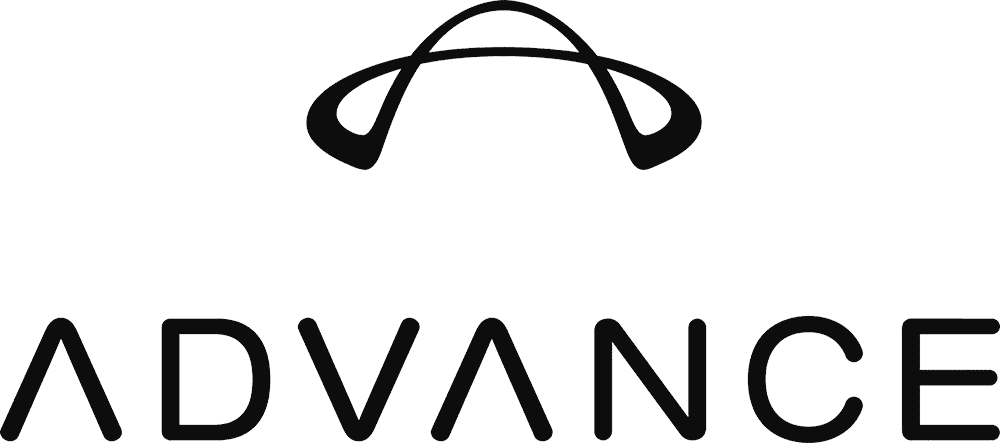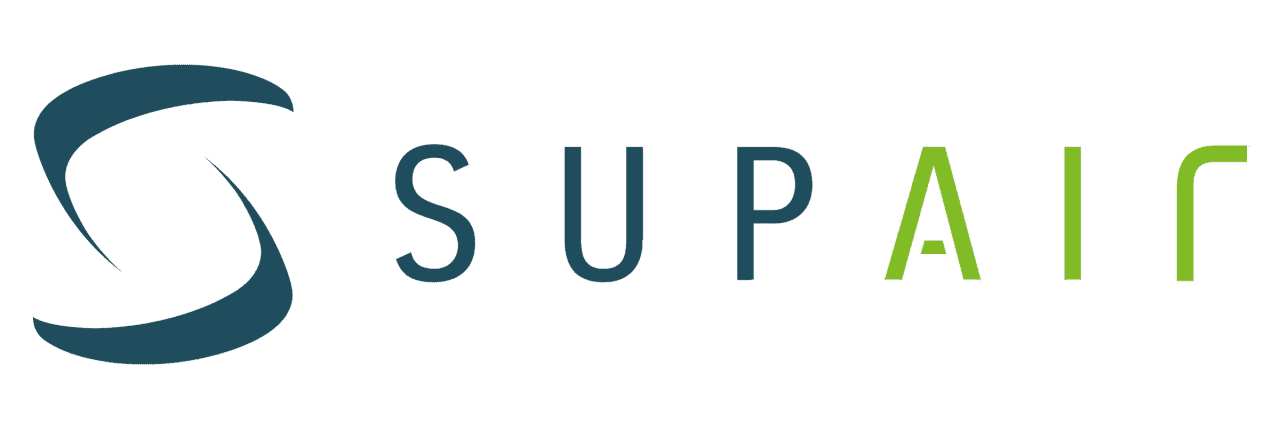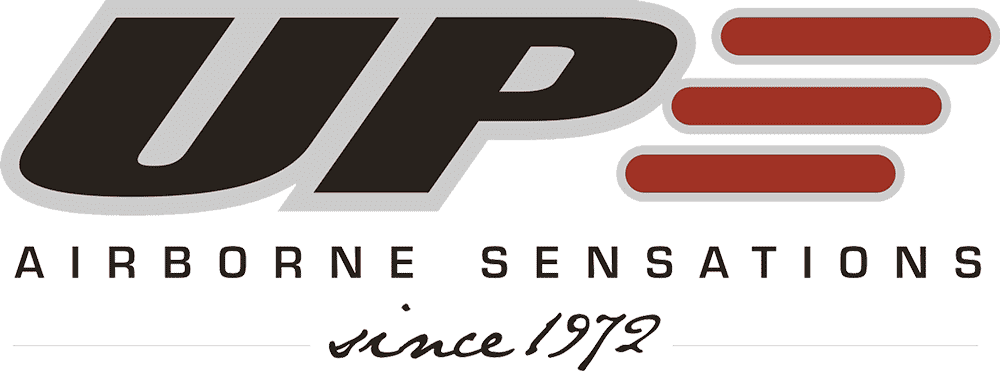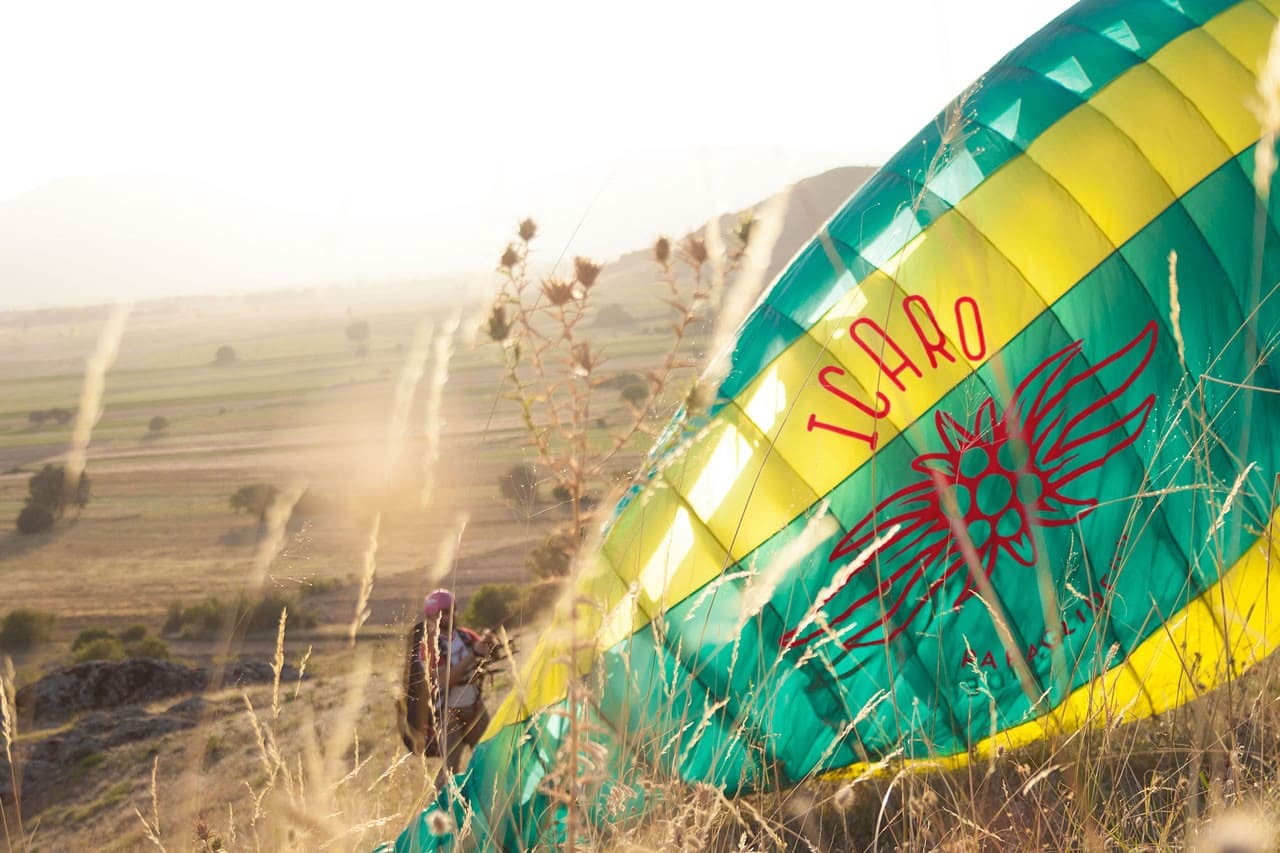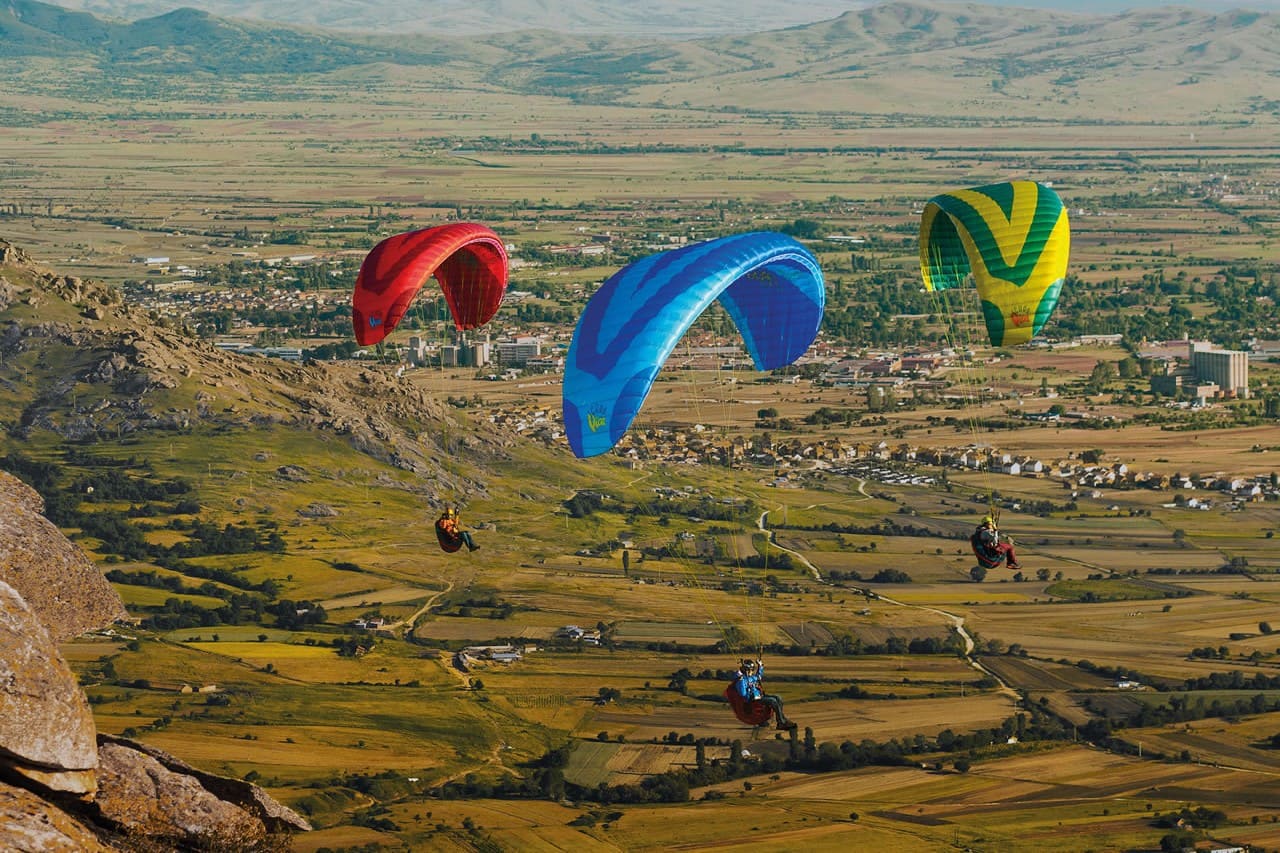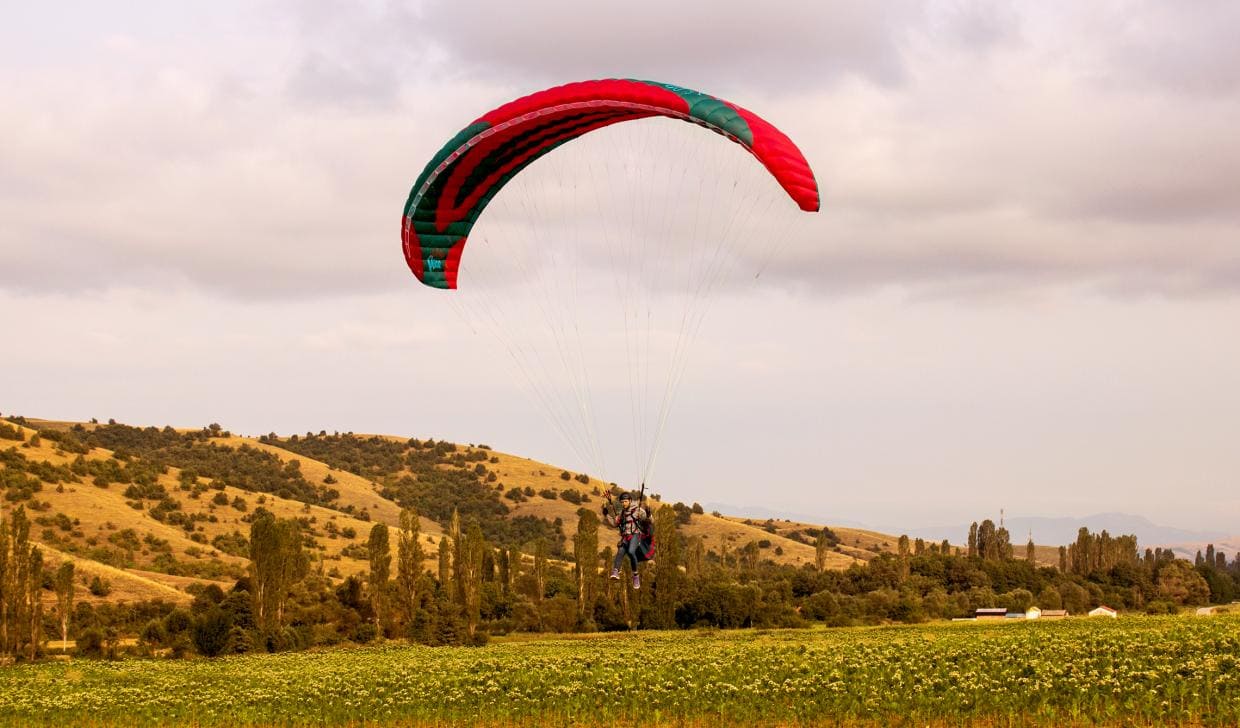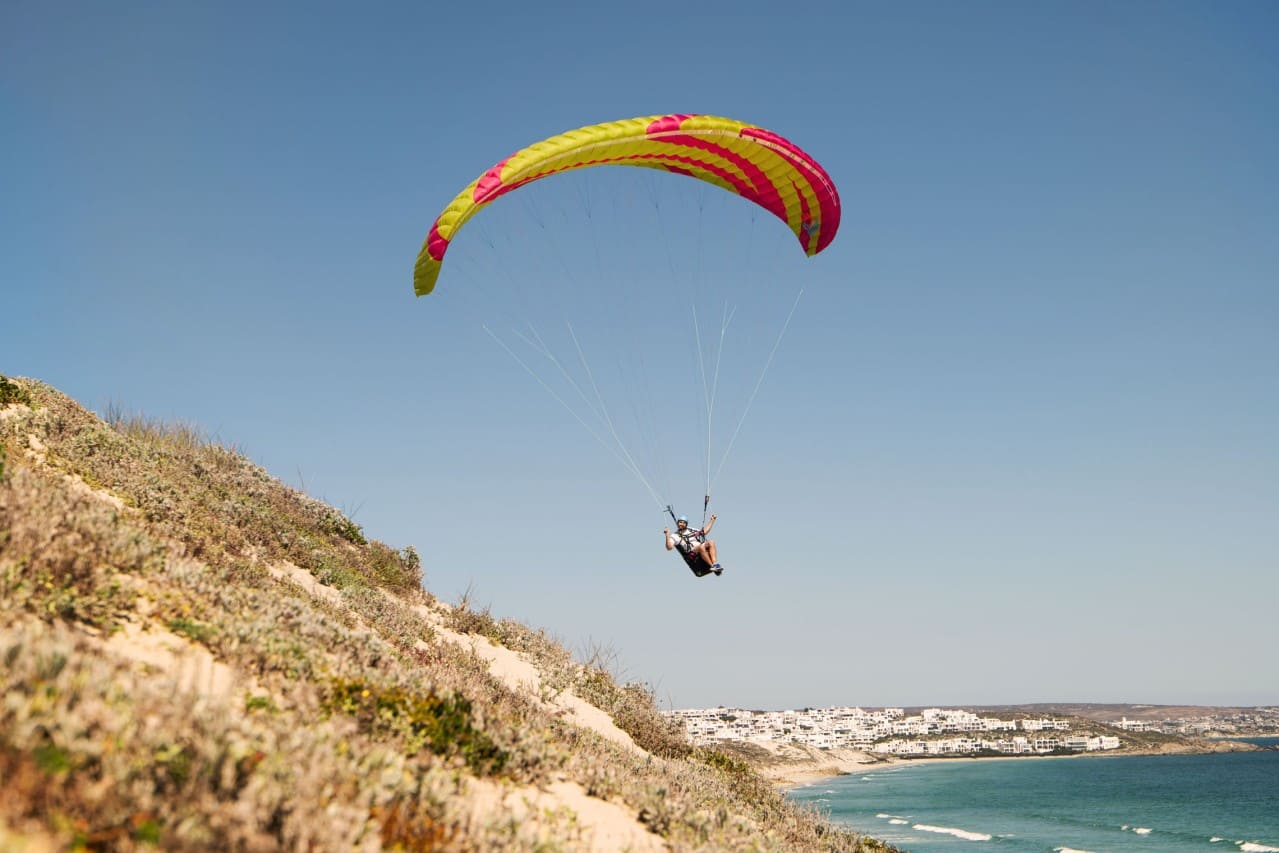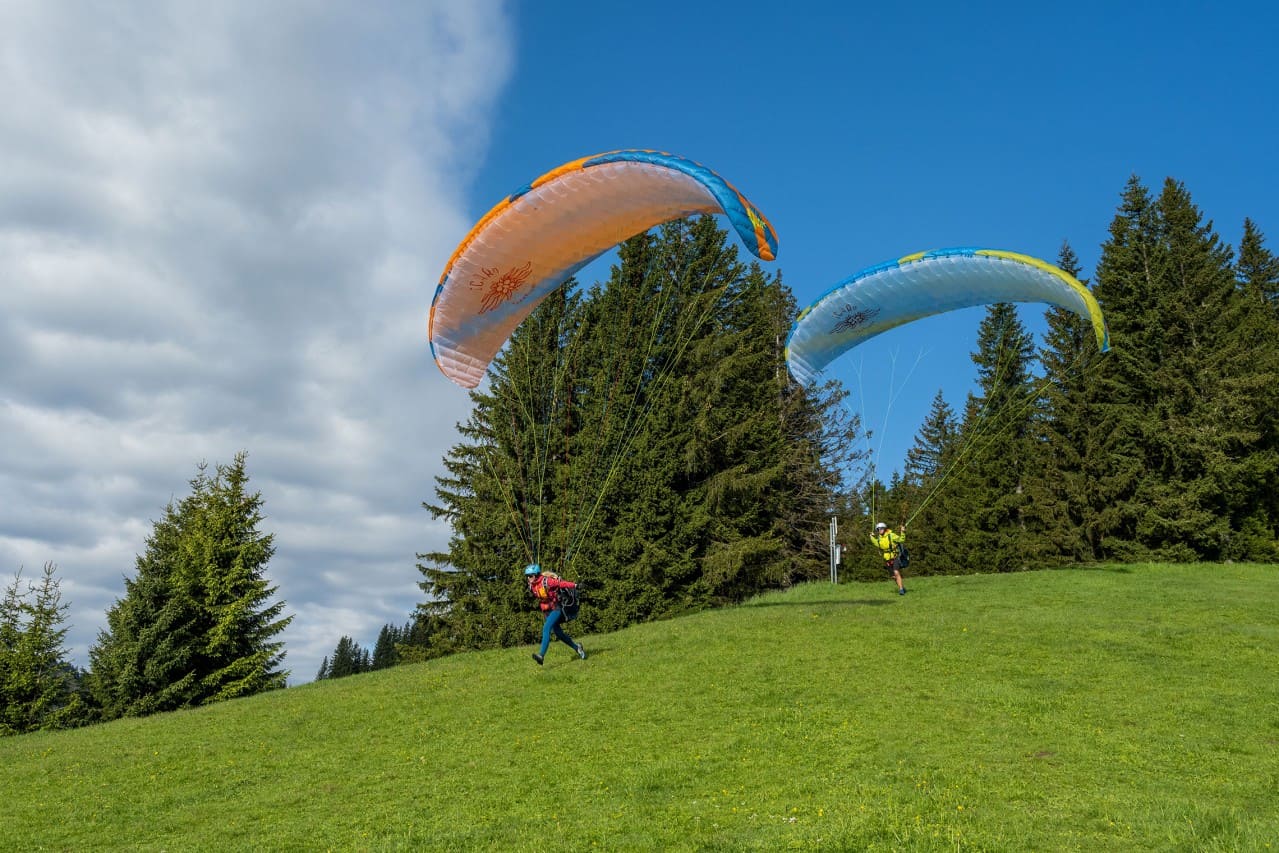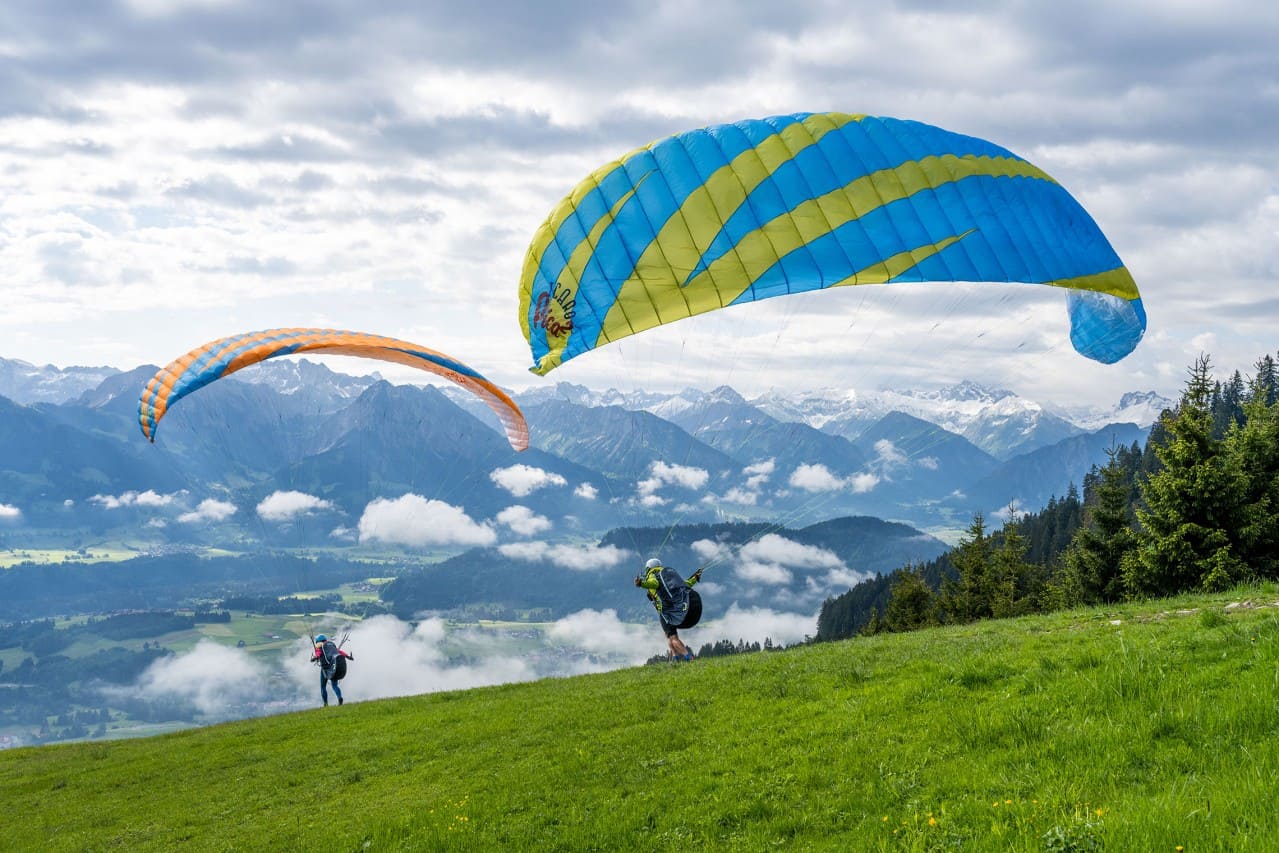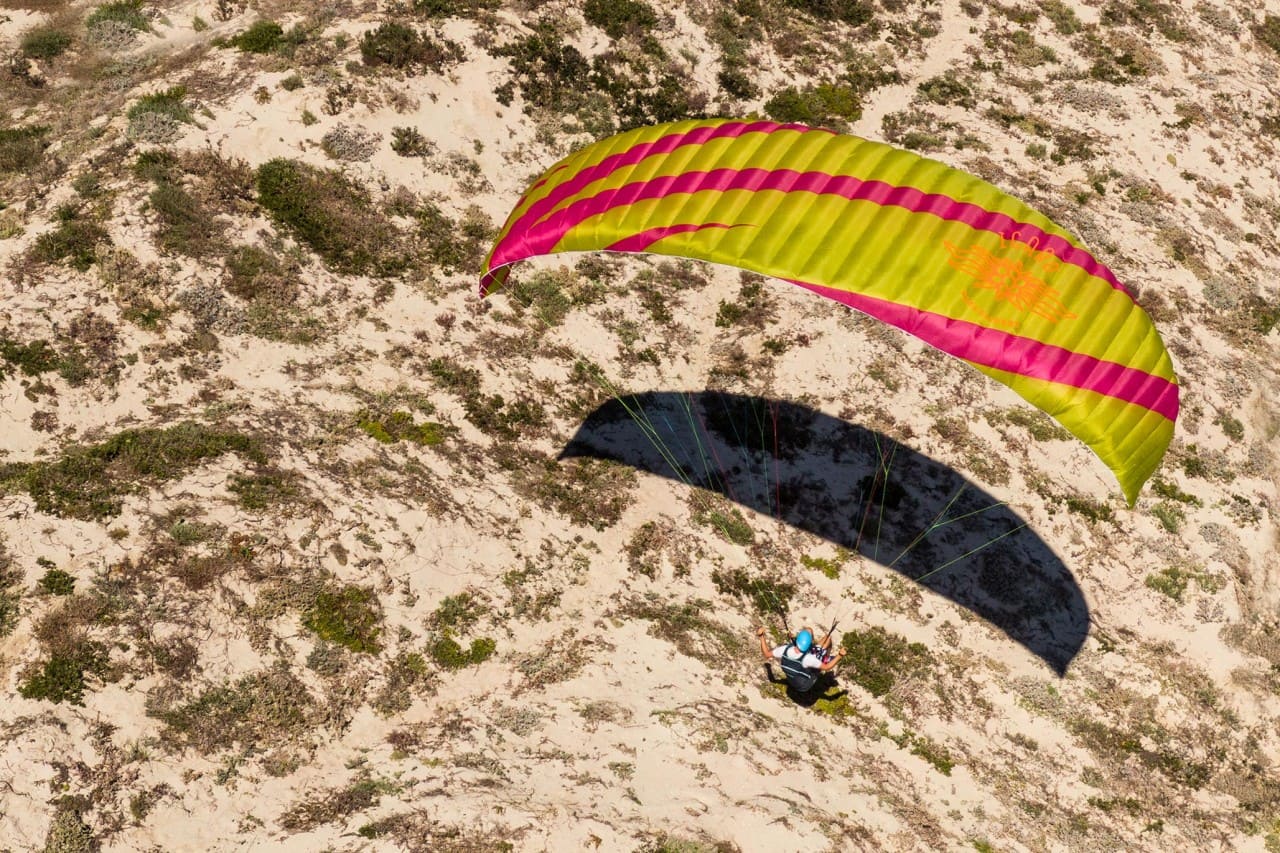The Icaro Pica is a type of paraglider known for its ease of use and safety, making it suitable for beginners. First introduced in April 2015, the Pica is described as a school-and-beyond paraglider that promises "easy take-offs and top safety."
![Evolution of Paragliding: From Icaro Pica to Pica² icaro pica paragliding montenegro1]()
Icaro Pica Paragliders: Ease & Safety for Beginners
It features a hybrid three-line design with two main lines on each side, simplifying line sorting and making launches more forgiving. The wing rises overhead almost by itself during take-off and doesn't overshoot, providing a level of ease for beginners. In flight, the Pica is noted for its compactness and excellent handling, with good thermalling capabilities and no tendency to sit back when entering thermals. It also includes practical and stable Big Ears for descent rate control.
![pica-icaro-paragliders image pica icaro paragliders]()
Explore Icaro Pica & Pica²: Beginner Paragliding
An updated version, the Pica², was developed as a successor to the original Pica. This model further improved take-off behaviour, stability, and safety. The Pica² was designed for pilots who want to learn paragliding and seek an active flying experience post-training safely. It features a minimalist line geometry and a material mix in the upper and lower sail, making it lighter than its predecessor. It rises to take-off position almost by itself, with no forward shooting tendency, and once airborne, it offers a sense of safety due to its compactness. The Pica² is stable in thermals and has an extensive speed range, which is helpful in different wind conditions. For the descent, the unique line configuration aids in effective and stable big ears. The design incorporates a section of the Icaro Edelweiss company logo, available in three colour versions.
![Evolution of Paragliding: From Icaro Pica to Pica² icaro pica 2 paragliding montenegro4]()
The Pica is praised for its simplicity, safety, and fun flying experience. It provides agility in thermals, a wide range of performance, and direct handling features, allowing pilots to learn and improve skills while enjoying their time under the wing. The Pica inflates with little input, making launching easy and predictable. Once airborne, it offers direct handling and feedback, with excellent passive safety. Its stability in thermals and wide speed range make it suitable for beginners and those looking to improve their thermal skills.
![Evolution of Paragliding: From Icaro Pica to Pica² icaro pica 2 paragliding montenegro3]()
Icaro Pica²: Advanced Paragliding Redefined
The Icaro Pica², a successor to the original Icaro Pica in the A-Class, was introduced to improve take-off behaviour, stability, and safety. This model was designed to facilitate paragliding training and ensure a smooth transition to free-flying afterwards. The release date of the Icaro Pica² was on February 11, 2022, as per Cross Country Magazine.
Key features of the Pica² include a simple line layout with colour coding for easy sorting and a lighter sail material (Skytex 38 and STA15), contributing to its easy rise during take-off without overshooting. Its compact nature in the air, easy handling, and excellent passive safety make it suitable for beginners and those looking to enjoy flying after training. The Pica² offers a wide speed range for its class and boasts effective big ears necessary for descent control in paragliding.
![Evolution of Paragliding: From Icaro Pica to Pica² icaro pica 2 paragliding montenegro2]()
Icaro Pica² - The Future of Paragliding Training
The Pica² is available in four sizes, all certified EN A, and is also DGAC-approved for paramotoring in all sizes. Customers can order it with paramotor risers or fit them later. The design of the Pica² incorporates a section from the Icaro Edelweiss logo and offers a choice of three colour versions.
Overall, the Pica² is characterized by its minimalistic line geometry, lighter weight compared to its predecessor, high level of passive safety, stability in thermals, and effective performance in various flight conditions.
![Evolution of Paragliding: From Icaro Pica to Pica² icaro pica 2 paragliding montenegro1]()
Pica vs Pica²: Icaro's Paragliding Revolution
The main differences between the Icaro Pica and the Pica² are their design enhancements, material improvements, and performance characteristics, making the Pica² an advanced version of the original Pica.
-
Design and Material Changes: The Pica² features a more straightforward line layout and colour-coding design, making it easier for pilots to sort the lines. This model also uses a lighter mix of materials (Skytex 38 and STA15) compared to its predecessor, contributing to easier handling during take-off and flight.
-
Take-off Behavior: The Pica² has explicitly been improved to rise more easily during take-off without overshooting, a feature that enhances user-friendliness, especially for beginners. This contrasts with the original Pica, which, while still designed for ease of use, did not have the same level of refinement in take-off behaviour.
-
Flight Performance: The Pica² is described as more compact, with easier handling and improved passive safety. These improvements contribute to a more forgiving and stable flight experience, especially in turbulent conditions.
-
Thermal Performance and Speed Range: The Pica² shows enhanced stability in thermals and offers a broader speed range for its class, making it suitable for various flying conditions. This performance aspect is a step from the original Pica, which was already praised for its good thermal capabilities and stable flight.
-
Design Aesthetics: Like the original Pica, the Pica² also incorporates a section of the Icaro Edelweiss logo in its design, but it offers updated colour combinations, allowing for personal customization.
-
Certifications for Paramotoring: The Pica² is also DGAC-approved for paramotoring in all sizes, a feature that may not have been as emphasized in the original Pica model.
In summary, while the original Icaro Pica was well-regarded for its beginner-friendly design, easy handling, and safety, the Pica² built upon these features with improved materials, enhanced flight dynamics, and a more refined design, catering to training and post-training flying experiences.
